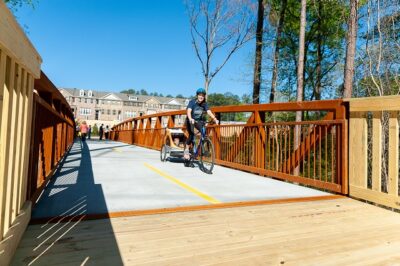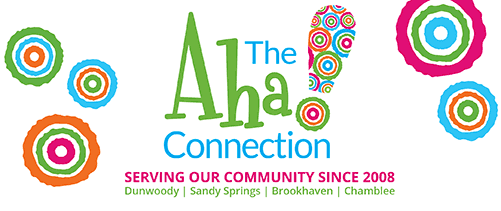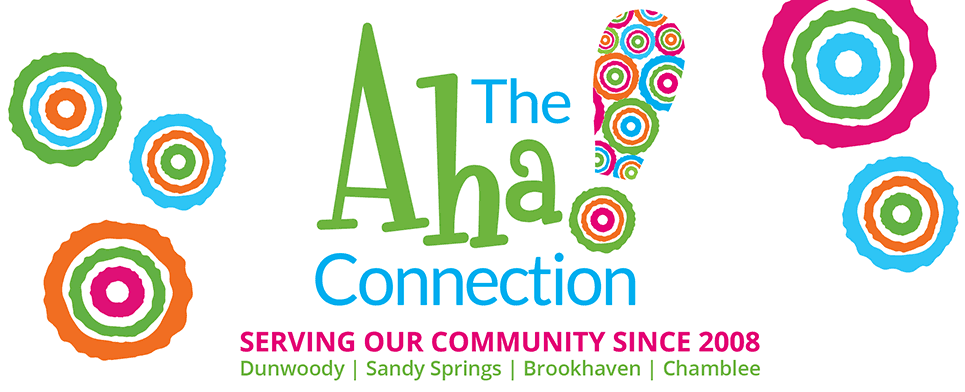
The master plan, which is based on field research and community input, connects key destinations in the City of Dunwoody and beyond.
Dunwoody, GA – April 20, 2023 – The PATH Foundation will present the final draft of the Dunwoody Trail Master Plan to the Dunwoody City Council during its next meeting at 6 p.m. on Monday, April 24. The master plan is the culmination of eight months of field research and community engagement. It’s a long-term, action-oriented plan that includes a model project to kick it off. The plan is linked here for review.
“The Dunwoody Trail Master Plan proposes a safe and inviting network of people-oriented trails that connect to key destinations within the city limits and beyond,” said PATH Foundation Executive Director Greta deMayo. “If you look at the plan as a whole, it includes 68.7 miles of existing, planned, and proposed trails connecting Dunwoody residents to nine parks, 11 schools, seven shopping centers, and two MARTA stations.”
The City of Dunwoody partnered with the PATH Foundation and the Perimeter Community Improvement Districts (PCIDs) to develop this master plan. Building on the existing Dunwoody Trailway, the master plan was laid out under the direction of city staff and elected officials and vetted with key stakeholders and the public through a survey and series of public meetings.
The PATH team identified four types of trail facilities for the Dunwoody Trail Master Plan The trail types include greenways, sidepaths, buffered cycle tracks, and calm streets.
- Multiuse greenways are typically 12 feet wide with hard surfaces and are built in parks, along streams, or through undeveloped land
- Sidepaths are 10-12 feet wide, two-way multiuse pathways separated from vehicular traffic by wide landscape buffers
- Cycle Tracks typically adjoin sidewalks at curb height but separate two-way pedestrian travel from one-way bicycle travel
- Calm streets include signage, pavement markings, speed cushions, travel lane narrowing, and other speed/volume management measures to discourage drivers from speeding on suburban streets and cul-de-sacs with low traffic volumes
“Focusing on these four trail types will ensure that Dunwoody meets the goals for implementing a safe, feasible, and inviting trail network that benefits the largest number of Dunwoody residents, businesses, and visitors,” deMayo added.
The master plan details a three-phase program of projects taking more than 10 years to complete. The first phase is the model project, designed to be completed within three years. PATH recommends that the North Nancy Creek Greenway, a multiuse greenway from Ashford Dunwoody Road along North Nancy Creek to Two Bridges Park, be the Phase 1 “model project” to showcase the value of greenways as linear parks and to build momentum for implementing the Dunwoody Trail Master Plan. Details of this proposed greenway are included in the plan.
The second phase of prioritized projects is to be completed within 10 years. Projects in these first two phases cover 8.3 miles with an estimated cost of $50.2 million. Phase 3 projects are part of the long-range plan.






